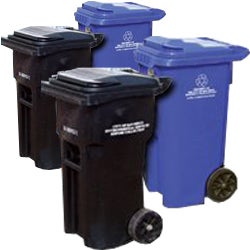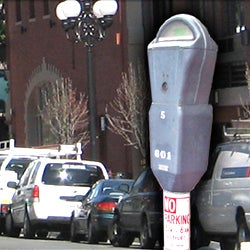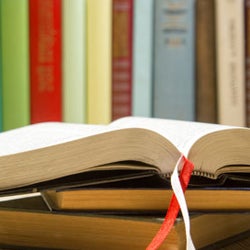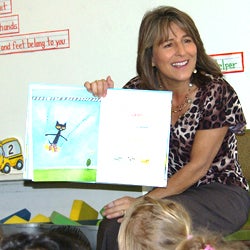Holiday Fire Safety
The holidays can be a wonderful time for family and friends. But the holiday season also poses special dangers with increased use of candles, more cooking activity in the kitchen, and in many homes, decorated Christmas trees. Take some simple precautions to keep the holidays safe and joyful.
Cooking Safety
- Stay in the kitchen while cooking. If you must leave the kitchen briefly, turn down the heat on appliances and return to the kitchen quickly.
- Keep anything that can catch fire, such as dishtowels, paper or plastic bags, curtains, etc., at least three feet away from the range top.
- Every kitchen should be protected by Ground-Fault Circuit Interrupters (GFCIs). If you don't have them, hire an electrician to install these devices to protect electrical receptacles in the kitchen.
- Avoid wearing loose-fitting clothing when cooking (such as long open sleeves) which can be ignited by hot burners.
- Always turn pot handles inward to prevent small children from reaching and pulling down a hot pan.
- Keep hot items, such as hot beverages and trays that have just come out of the oven away from the edge of counters, so that children are not able to reach them.
- Hot liquid and food burns often occur when children pull hanging tablecloths or placemats. Use table cloths and decorations with care.
Candle Safety
- Never leave a burning candle unattended.
- Always burn candles on heat resistant surfaces. A candle can melt plastic.
- Never burn candles near combustibles such as curtains or decorations.
- Never put candles near windows or exits.
- Never leave candles within reach of small children or pets.
- Keep burning candles at least four inches apart.
- Votive and scented candles turn to liquid as they burn. Be sure they are in a glass or metal container.
- Extinguish candles before leaving a room or falling asleep.
- Keep the candle wick neatly trimmed down to 1/4 inch. Trimming the wick keeps the candle burning slower with less smoke.
- When a candle's flame gets too high, blow it out, let it cool, trim the wick again to 1/4", and then relight.
Christmas Tree Safety tips
- When decorating Christmas trees, always use safe tree lights. (Some lights are designed only for indoor or outdoor use, but not both.) Larger tree lights should also have some type of reflector rather than a bare bulb and all lights should be listed by a testing laboratory.
- Never use electric lights on a metal tree.
- Follow the manufacturer's instructions on how to use tree lights. Any string of lights with worn, frayed or broken cords or loose bulb connections should not be used.
- Check your strands of lights to determine the number of strands that may be connected. Connect no more than three strands of push-in bulbs and a maximum of 50 bulbs for screw-in bulbs.
- Always unplug Christmas tree lights before leaving home or going to bed.
- Never use lit candles to decorate a tree, and place them well away from tree branches.
- Try to keep live trees as moist as possible by giving them plenty of water daily. Do not purchase a tree that is dry or dropping needles.
- When purchasing a live or cut tree, check for fresh, green needles.
- Choose a sturdy tree stand designed not to tip over.
- When purchasing an artificial tree, be sure it is labeled as fire-retardant.
- Make sure the tree is at least three feet away from any heat source, such as fireplaces and radiators. Try to position the tree near an outlet so that cords are not running long distances. Do not place the tree where it may block exits.
- Safely dispose of the tree when it begins dropping needles. Dried-out trees are highly flammable and should not be left in a house or garage, or placed against the house.























